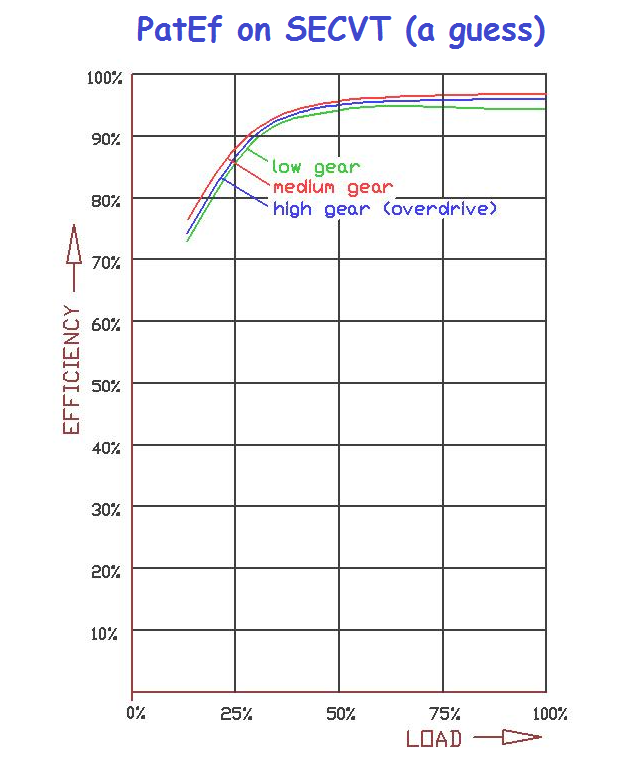Hello Uniflow.
Several pages ago you had asked what differs the OPRE / PatOP from the other Opposed Piston engines.
This is exactly what a patent is for:
A patent is an official document wherein they are defined the differences of a new idea from the prior art, and the advantages these differences brink to the art.
The patent examiners have the authority and the duty to search, examine and decide whether the idea in question is really new and patentable.
Nobody else has such authority.
If required, the patent examiners ask the inventor /applicant to limit his invention in order what is left, to be really his intellectual property.
This is how things work.
You can’t claim intellectual property over an idea / invention in the US without applying from a patent in the US-PTO and without a patent to be eventually granted for the specific idea / invention.
Only after the granting of a patent the inventor can claim that this, or that, is his own idea / property.
And it costs way less than making a good quality working prototype.
To put it in numbers:
Here are the fees paid so far for the PatEf:

In a few months the UK_IPO will respond by the list of the most relevant patents they will find with their search.
Then, we will decide to proceed with the substantive examination, too (the additional cost of 80 UK pounds makes the total cost for taking the UK patent: 230 UK pounds, or US300$), or to withdraw the patent.
Are the 150 pounds too much?
Shouldn’t you apply for a patent before making your TPI engine prototype?
What can you do now to support that the TPI is yours and not of KTM or of Rotax?
On the other hand, applying for a patent is not so simple.
It means that you can define the differences of your idea from the hundreds of the TPI patents mentioned by the examiner in the TPI patent granted to Rotax some 17 years ago (previous post).
So, what are the differences of your TPI?
What makes it unique among the other TPI’s proposed so far?
To put it differently:
If Rotax asks you to pay royalties (or asks you to stop using your prototype),
have you strong arguments to refuse?
As I wrote again, this is the way things work in the “intellectual property” field.
Even if you don’t like the previous "teaching", it may prove useful and profitable (in the long term) for some guy who is silently reading this forum and is having a project in mind.
The advice is simple and general:
"apply for a patent first, and then reveal your idea".
By the way:
I know that I know nothing about engines.
This is why I asked the others, who think they know, to spot on the mistakes / tricks of my simpleminded approach about the PatATE operation based on the inertia of the working gas.
I am still waiting.
PS.
What would be the estimated cost for manufacturing a PatATE prototype?
E-mail me.
Thanks
Manolis Pattakos



